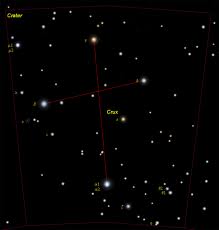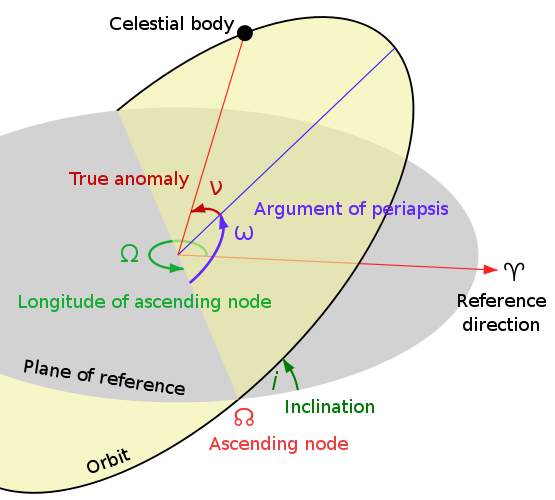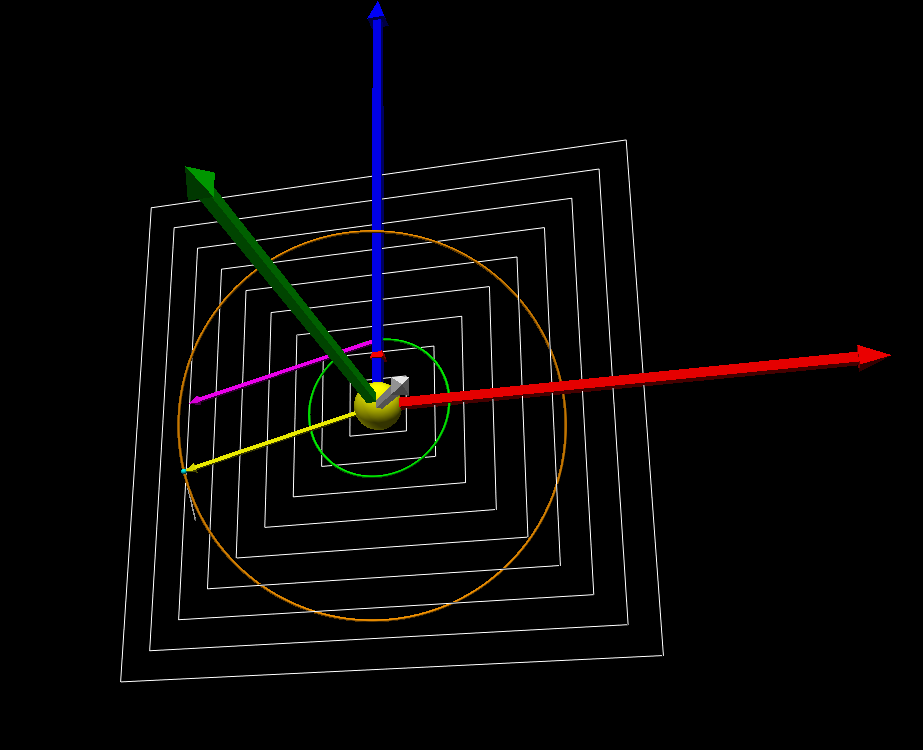We used a 14″ Meade LX-200RX reflector and SBIG STL-1301E CCD camera to take images of our asteroid. Over the course of four weeks, we observed on six different occasions using the Meade Telescope. We found the asteroid in all but the first observation and obtained measurable images during four of those. Our first and third images with the asteroid were immediately measurable, while the second image was out of focus due to humidity. We, thus, observed again to attain another measurable image. We determined which spot was our asteroid by comparing multiple images of the same snapshot and looking for a spot that moved, as stars are motionless:


The telescope we used


